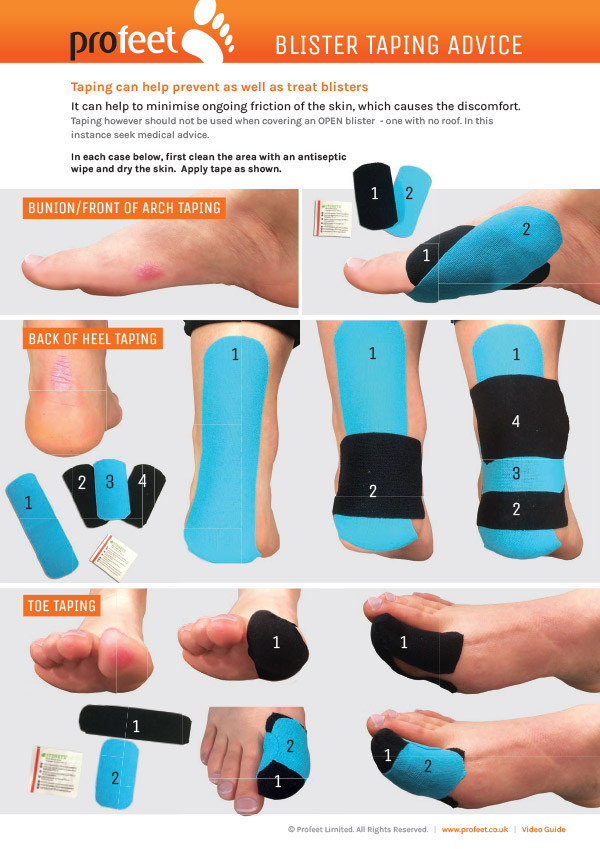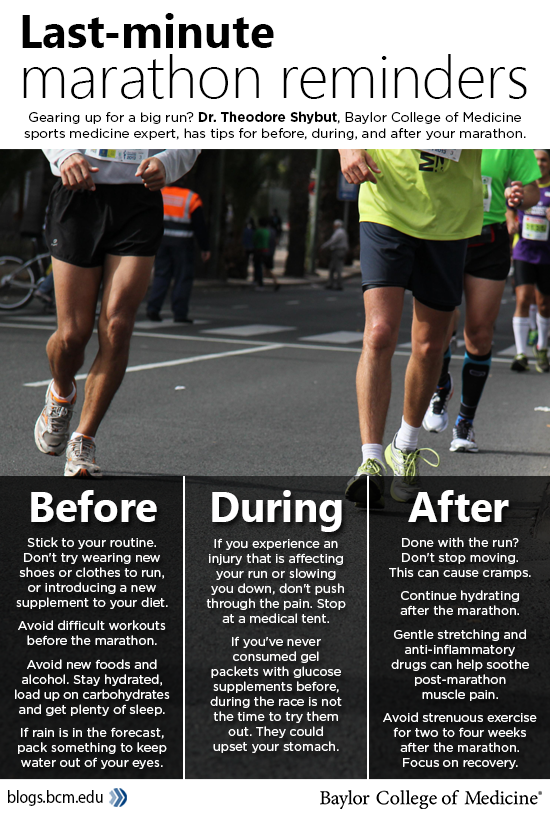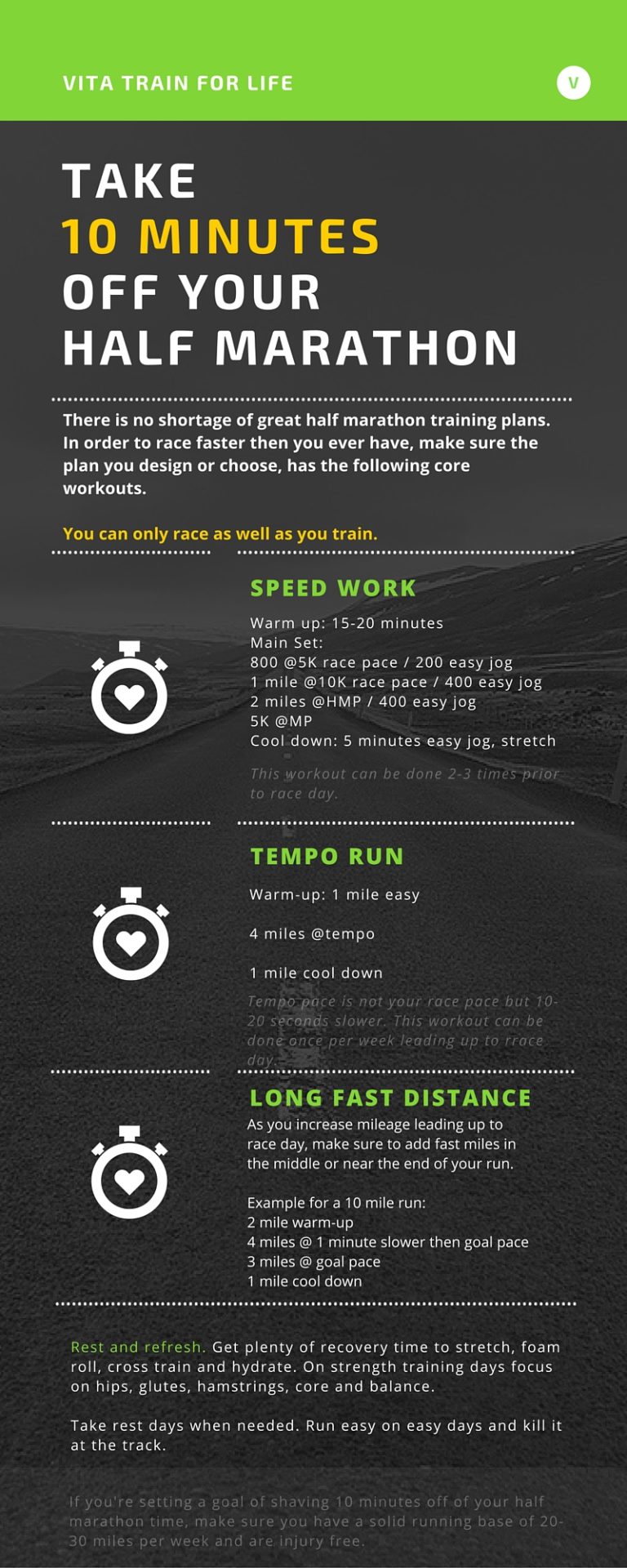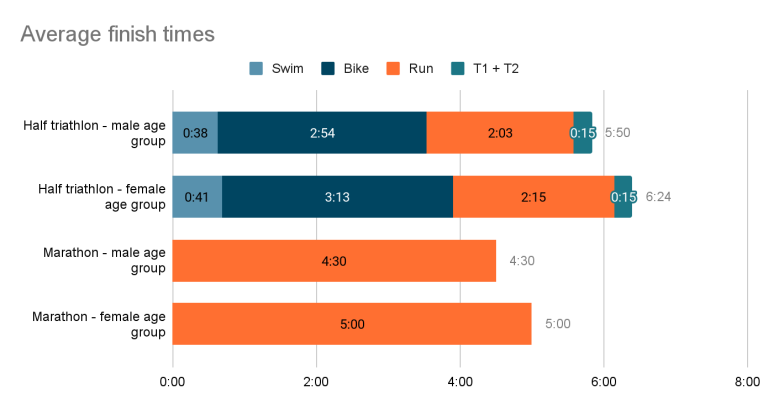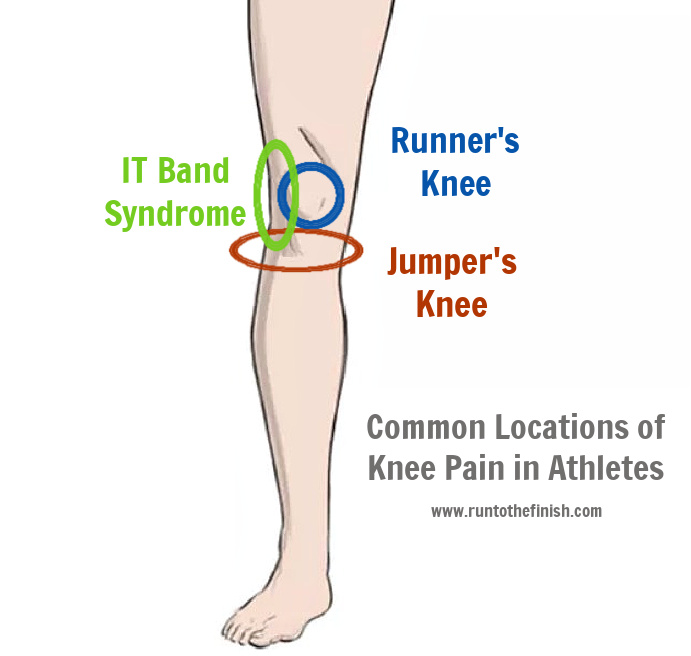How to Avoid Blisters in Marathon?
To avoid blisters in a marathon, wear moisture-wicking socks and properly fitting shoes. Proper footwear is essential for preventing blisters during long-distance runs.
When your shoes fit well and moisture is managed, friction is reduced, minimizing the likelihood of blisters forming. However, additional techniques such as using lubricants and keeping your feet dry can also contribute to blister prevention during marathons. Remember, preventing blisters not only enhances your running experience but also helps you perform at your best on race day.
So, take the necessary steps to protect your feet and enjoy a blister-free marathon experience.
Proper Footwear
Proper footwear is essential for preventing blisters during a marathon. The right running shoes and a proper fit are crucial in minimizing friction and pressure on your feet, reducing the risk of blisters. Here’s how you can ensure that you have the appropriate footwear for your marathon training:
Choose The Right Running Shoes
When selecting running shoes, consider the terrain you will be running on and the type of support your feet need. Cushioned and supportive shoes can help absorb impact and reduce the risk of blisters, especially for longer distances. Additionally, opt for running shoes specifically designed for marathon or long-distance running, as they offer features tailored to endurance events.
Ensure Proper Fit
It’s vital that your running shoes fit properly to prevent blisters. Before purchasing a pair, have your feet professionally measured to determine the correct size. Adequate space in the toe box can prevent friction, while a snug fit around the heel and midfoot can minimize movement and rubbing. Avoid shoes that are too tight or too loose, as both can contribute to blister formation.

Credit: marathonhandbook.com
Sock Selection
Socks play a crucial role in preventing blisters during a marathon. Opt for
Moisture-wicking Materials
to keep your feet dry and reduce friction.Consider Cushioning And Padding
to protect your feet from impact and rubbing against your shoes.Preventive Measures
Break-in Your Shoes
Wear your marathon shoes before the race.
Apply Lubricants Or Powders To High-friction Areas
Use lubricants or powders to prevent friction.

Credit: blisterhelp.co.uk
Proper Hydration
Proper hydration is essential for preventing blisters during a marathon. Staying properly hydrated before, during, and after the race can help maintain skin integrity and reduce the risk of blisters. In this section, we’ll discuss the importance of staying hydrated throughout the race and how to avoid overhydration, both of which are crucial for blister prevention.
Stay Hydrated Throughout The Race
It’s crucial to stay hydrated from start to finish during a marathon. Dehydration can lead to reduced skin elasticity and increased friction, which can contribute to blister formation. Make sure to consume fluids at regular intervals, and consider carrying a refillable water bottle or using hydration stations along the race route.
Avoid Overhydration
While staying hydrated is important, it’s equally vital to avoid overhydration. Drinking too much water can dilute the body’s electrolyte balance, potentially leading to bloating and swelling in the extremities, including the feet. Be mindful of your fluid intake and listen to your body’s signals to avoid overconsumption.
Training Techniques
Avoid the discomfort of blisters during a marathon with these effective training techniques. Discover how to prevent and manage blisters for a pain-free running experience.
Gradually Increase Mileage
If you want to avoid blisters during a marathon, it’s important to gradually increase your mileage during training. This allows your feet to adjust and build up resistance to long distances. Instead of jumping from 5 miles to 10 miles in one week, try increasing your mileage by 10% each week. This gradual approach gives your body time to adapt and reduces the risk of developing blisters.
Incorporate Rest Days
Rest days are just as important as training days when it comes to avoiding blisters. Giving your feet time to recover allows any potential hotspots or irritations to heal before they turn into blisters. Make sure to schedule regular rest days throughout your training plan. This doesn’t mean you have to be completely sedentary – you can still engage in low-impact activities like swimming or yoga to aid in recovery and maintain your fitness level.
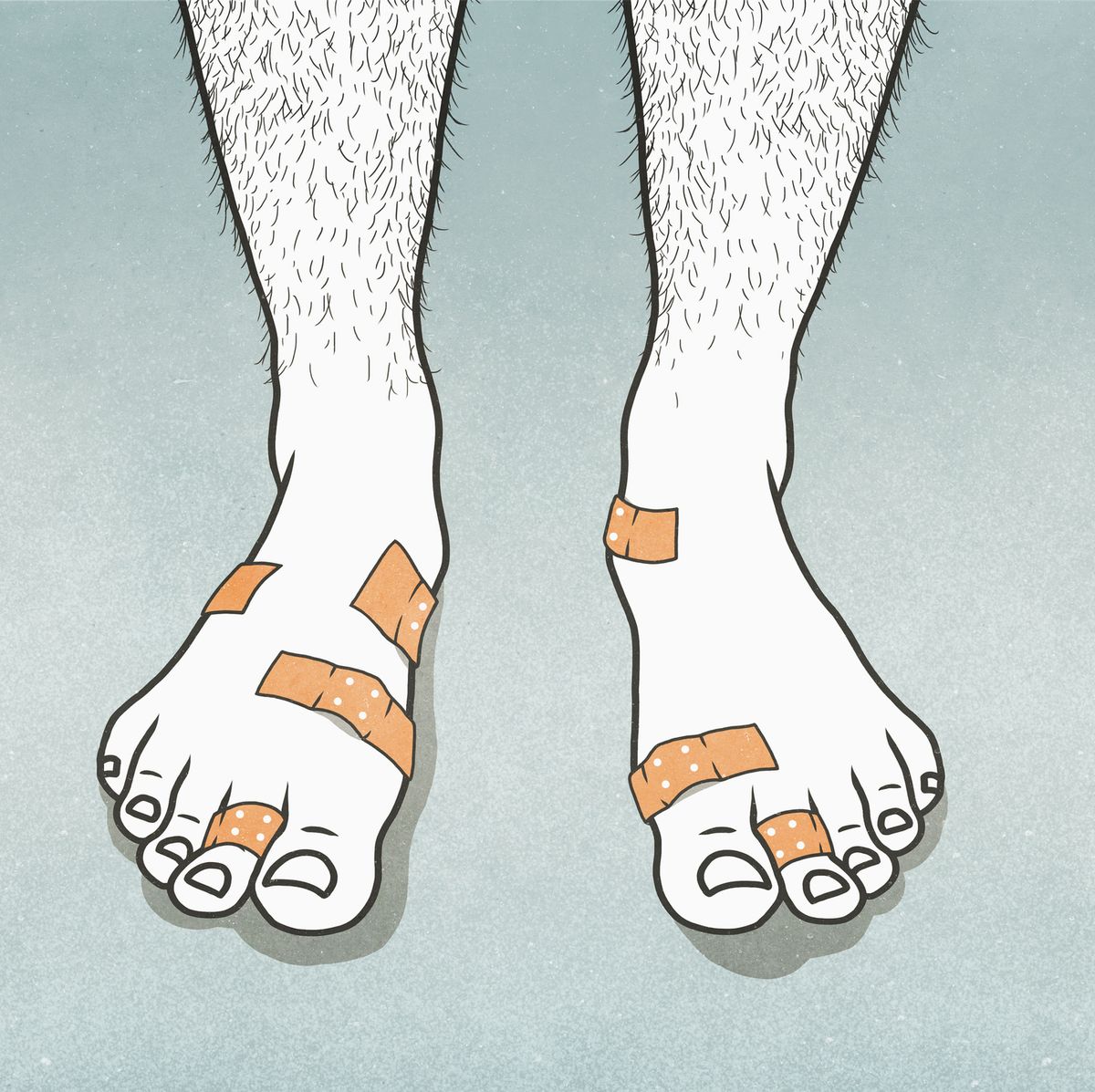
Credit: www.runnersworld.com
Frequently Asked Questions Of How To Avoid Blisters In Marathon
How Can I Prevent Blisters During A Marathon?
To prevent blisters during a marathon, make sure to wear proper-fitting shoes, use moisture-wicking socks, and gradually increase your running distance to allow your feet to toughen up.
What Are The Best Socks To Prevent Blisters In A Marathon?
Moisture-wicking and seamless socks made of synthetic materials like polyester or nylon are the best choice to prevent blisters during a marathon.
Should I Apply Any Products To Prevent Blisters During A Marathon?
Yes, applying a thin layer of petroleum jelly or a specialized anti-friction balm on areas prone to blisters can help reduce friction and prevent blisters during a marathon.
Conclusion
Preventing blisters in marathons is essential for a successful race day. By wearing proper-fitting socks and shoes, using lubricants, and building calluses, you can minimize the risk of blisters. It’s also crucial to stay hydrated and gradually increase your mileage.
With these strategies, you can achieve your marathon goals without the discomfort of blisters.

